I am designing a circuit using AtTiny10 to supply a downstream microcontroller with power using only capacitors and a small solar cell. Would the following design work ?
The basic idea is that the tiny10 gets powered directly by the solar cell (should consume around 40uA @ 3V internal 128kHz oscillator when active, datasheet here). The tiny10 controls one mosfet for charging the caps and one mosfet to connect the caps to the downstream microcontroller (not depicted here in the schematic, connected to +3V3 and GND).
Any comments would be greatly appreciated.
Many thanks in advance!
UPDATE: I have removed the pullup on /Reset since it sinks a lot of current. Assuming a 10kohm pullup @ 3V, it would mean 300uA wasted instead of charging the caps. /Reset needs to be disabled in the fuse bits.

